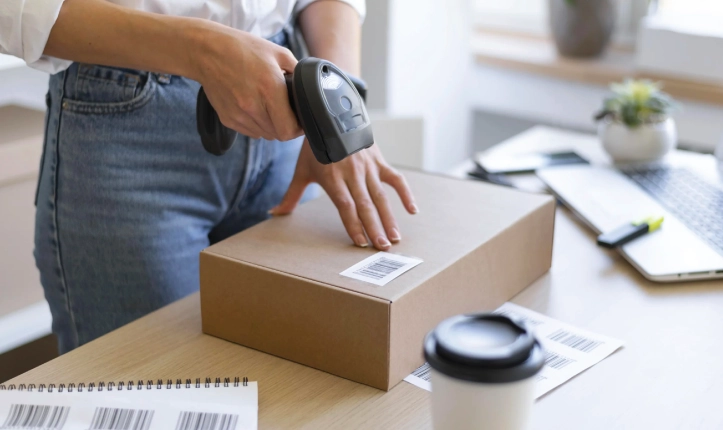With many barcode formats to choose from, it can be overwhelming when trying to find the right one. In this guide, we’ll walk you through the most popular 1D and 2D barcode types, their common applications, and the characters they support. Let’s explore the following barcode types: Code 39, Code 128, UPC, EAN, Interleaved 2 of 5, Codabar, QR code, Data Matrix, and PDF417.
One-Dimensional (1D) Barcodes
One-dimensional, or 1D, barcodes are the traditional types that you’re most likely familiar with. Barcodes are lines on a background used for labeling products and managing assets. We encode data using the width and spacing of the lines. The popular 1D barcode symbologies include Code 39, Code 128, UPC, EAN, and Interleaved 2 of 5.
1. Code 39 Barcodes:
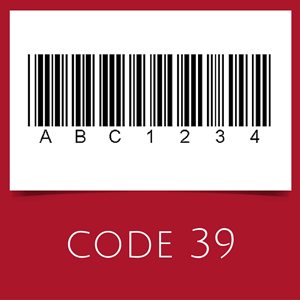
Almost any barcode reader can read Code 39, which is a widely used, general-purpose barcode. The automotive industry commonly uses it, and businesses also use it for asset tracking.
Originally capable of encoding only 39 characters, it can now handle 43. Code 39 suits asset/property ID tags, parking permits, and industrial applications. It supports uppercase alphanumeric code, including special characters. Code 39 barcodes are compatible with almost all barcode scanners.
2. Code 128 Barcodes:
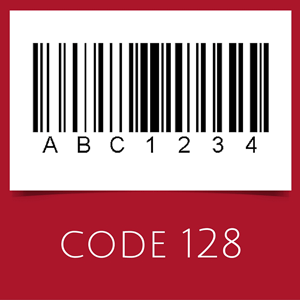
Code 128 barcodes are compact and high-density, allowing for larger sets of numbers. Supply chain applications and asset management often use them. Code 128 can encode all ASCII 128 characters, including upper/lowercase alphanumeric and special characters.
3. UPC Barcodes:

UPC (Universal Product Code) barcodes are mandatory for retail products, especially in the United States. UPC-A has 12 numbers, while UPC-E is for small products with less packaging space. Designers create UPC barcodes for product labels and they only support numeric characters.
4. EAN Barcodes:
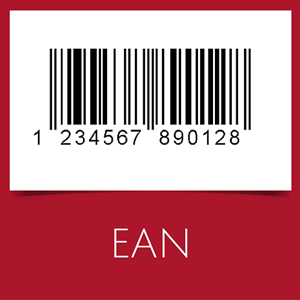
Retail products, mainly in Europe, require EAN (European Article Number) barcodes, which are similar to UPC codes. EAN-13 encodes 13 numeric digits, and EAN-8 codes are compressed versions for smaller products. ISBNs (International Standard Book Numbers) are unique numeric identifiers encoded in EAN barcodes. Product labels widely use EAN barcodes, which only support numeric characters.
5. Interleaved 2 of 5 (ITF) Barcodes:
Companies worldwide widely use ITF barcodes on packaging because they enable precise printing for corrugated cardboard. Scanner readability often requires printing these barcodes with a black border. ITF barcodes support numeric characters only and are suitable for packaging applications.
Two-Dimensional (2D) Barcodes
Developers created two-dimensional, or 2D, barcodes to store more information and provide increased fault tolerance. These barcodes are usually square-shaped and use symbols and shapes to represent data. The popular 2D barcode symbologies include QR codes, Data Matrix, and PDF417.
1. QR Codes:
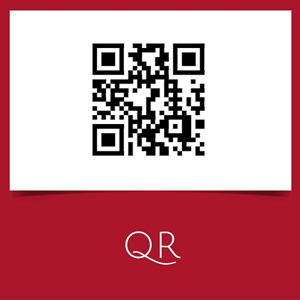
Smartphones can scan QR codes, which are 2D matrix barcodes. They possess a high fault tolerance, offer custom size and orientation, and provide support for various colors. QR codes are versatile and find applications in product labels, business cards, and marketing materials. They support all characters.
2. Data Matrix Barcodes:
Data Matrix codes are 2D barcodes of black and white modules arranged in square or rectangular patterns. They are compact and ideal for labeling small items. Data Matrix codes have high fault tolerance and fast readability. They can store up to 2,335 alphanumeric characters.
3. PDF417 Barcodes:
PDF417 codes are 2D barcodes used for storing lots of data in applications like ID, transport, and inventory. Each code pattern consists of four bars and spaces, with a length of 17 units. PDF417 codes are powerful and can hold over a kilobyte of machine-readable data. They support all characters.
Understanding the different types of barcode labels is essential for selecting the right one for your custom barcode label. Choose between a 1D or 2D barcode based on its features, supported characters, and typical applications. By choosing the appropriate barcode, you can enhance product labeling, asset management, and overall efficiency in various industries.
After deciding on the ideal barcode, print barcode labels for your application. Explore our barcode selections for a wide selection of custom-printed labels to meet your labeling requirements.
We offer custom asset tags with various types of barcodes included for free in your design. We also offer product labels with UPC barcodes and many other barcode labels. If you need a specific barcode that isn’t listed, contact Customer Care for assistance.
